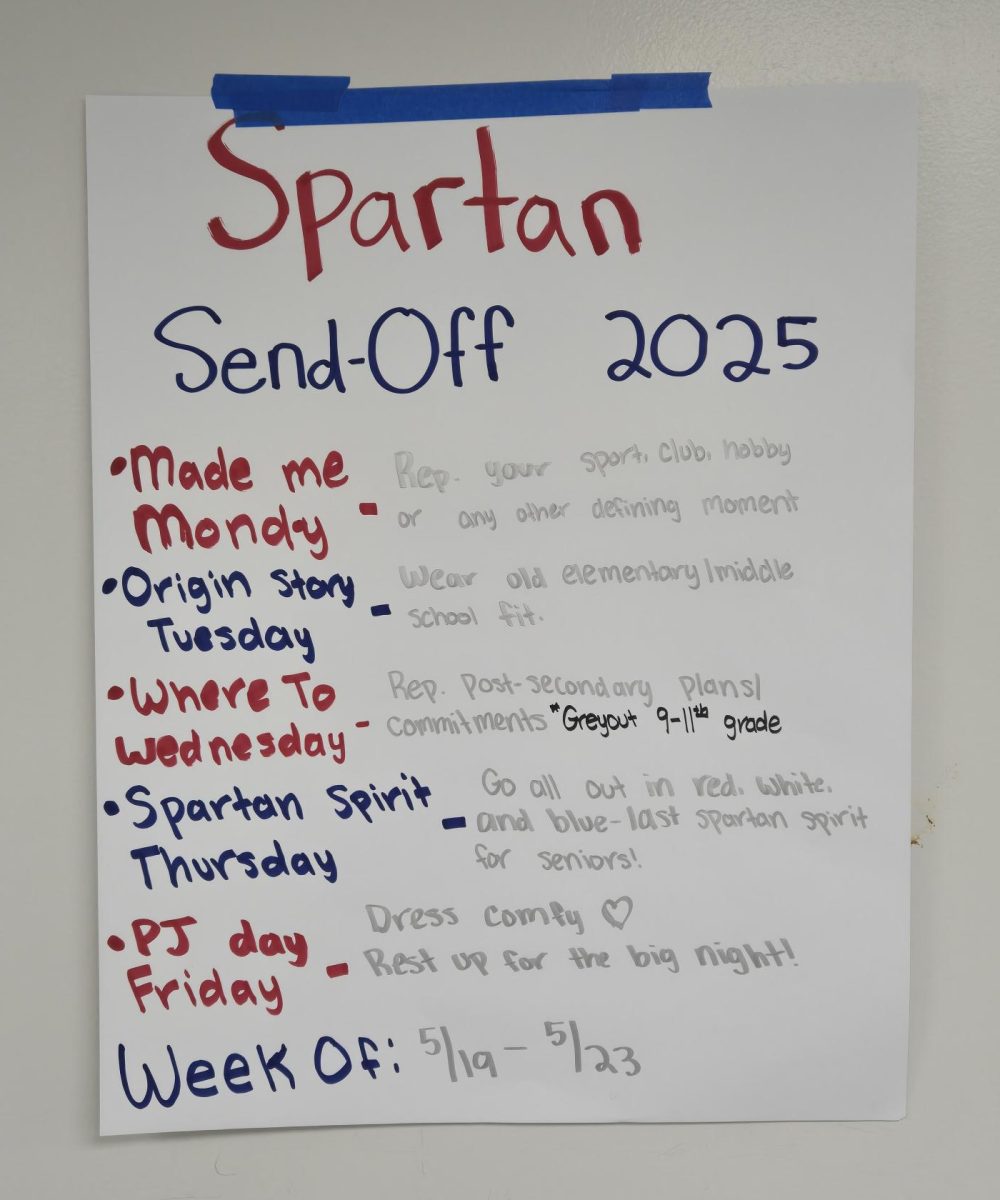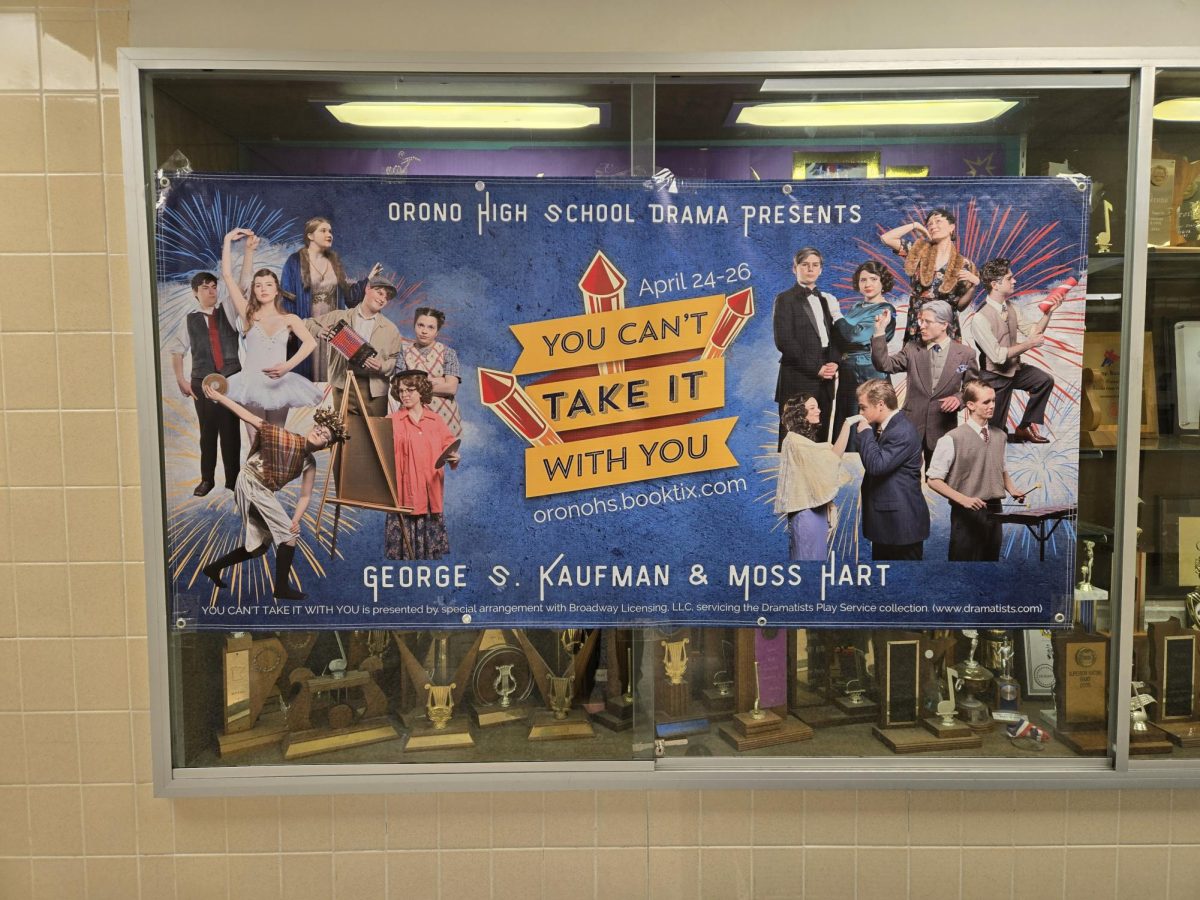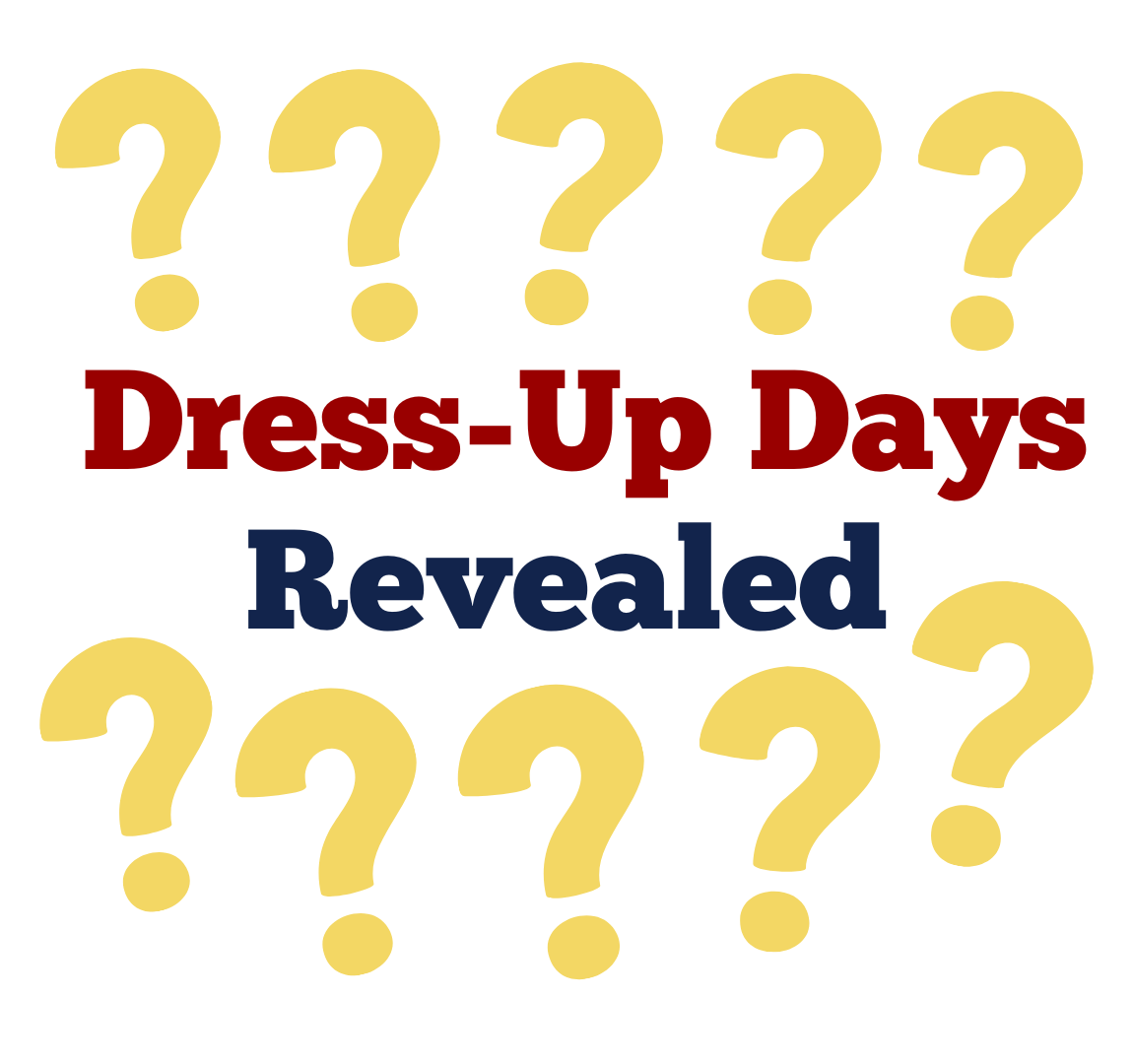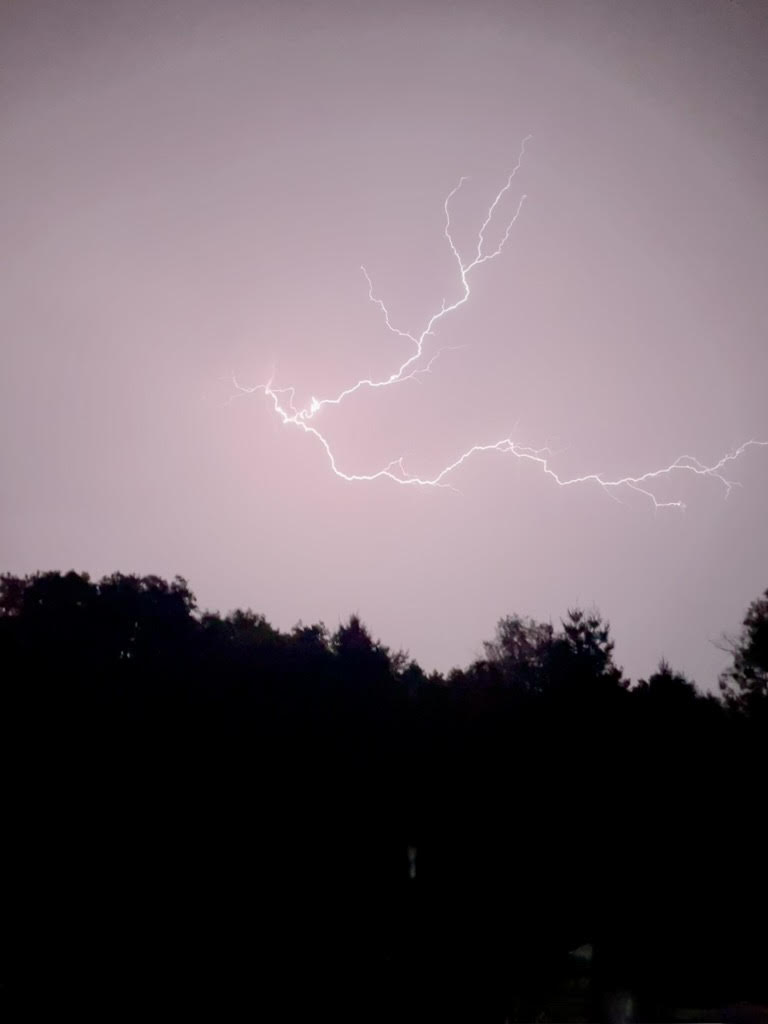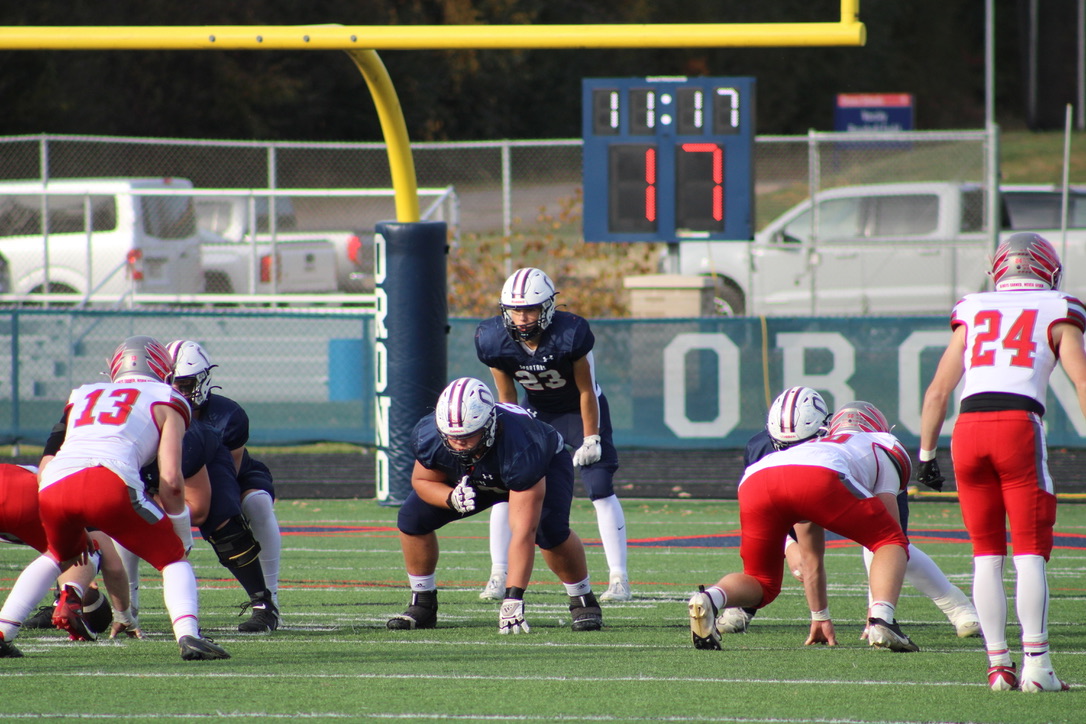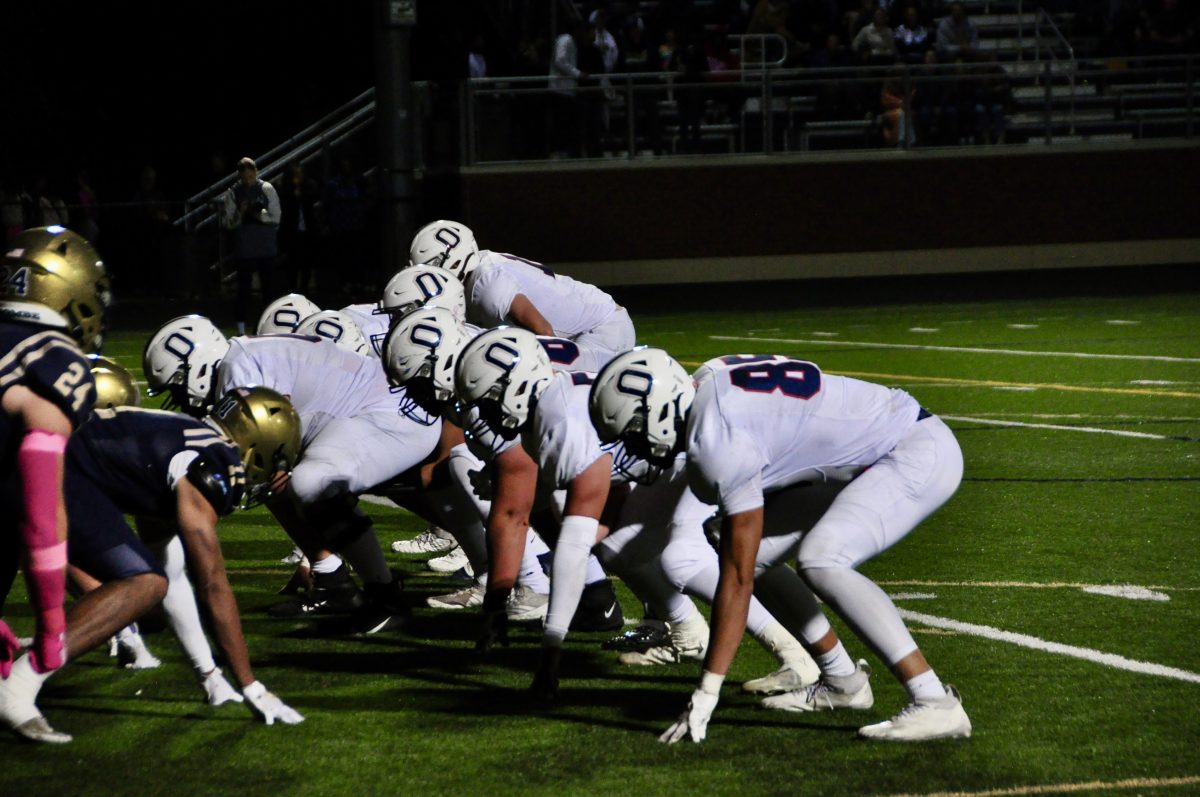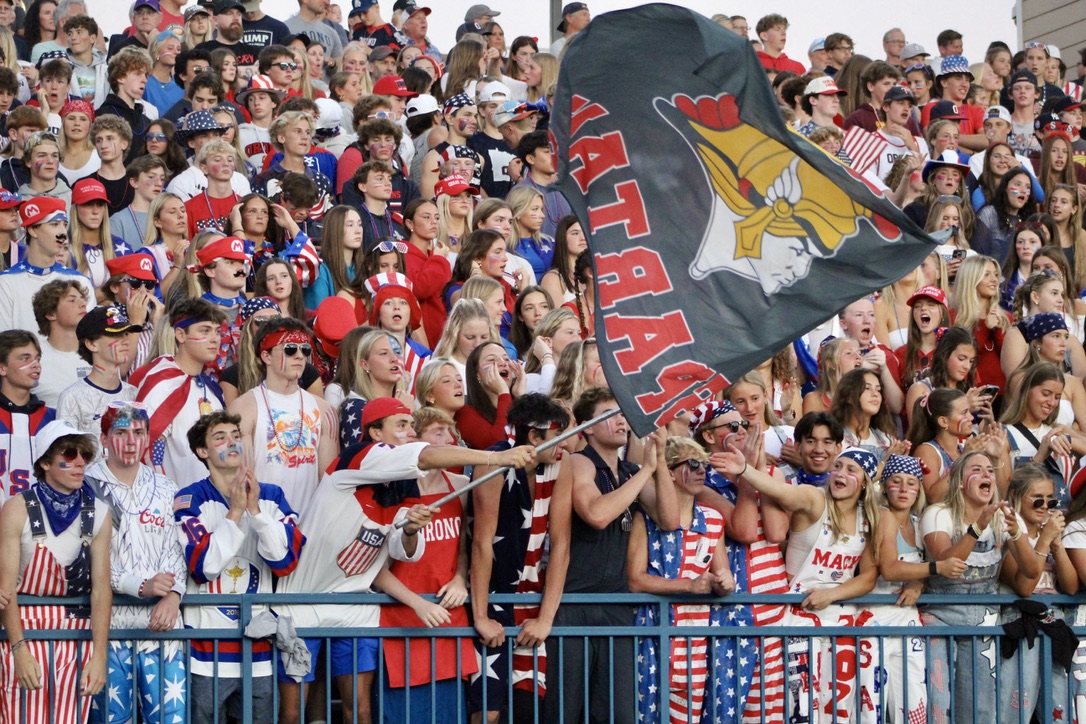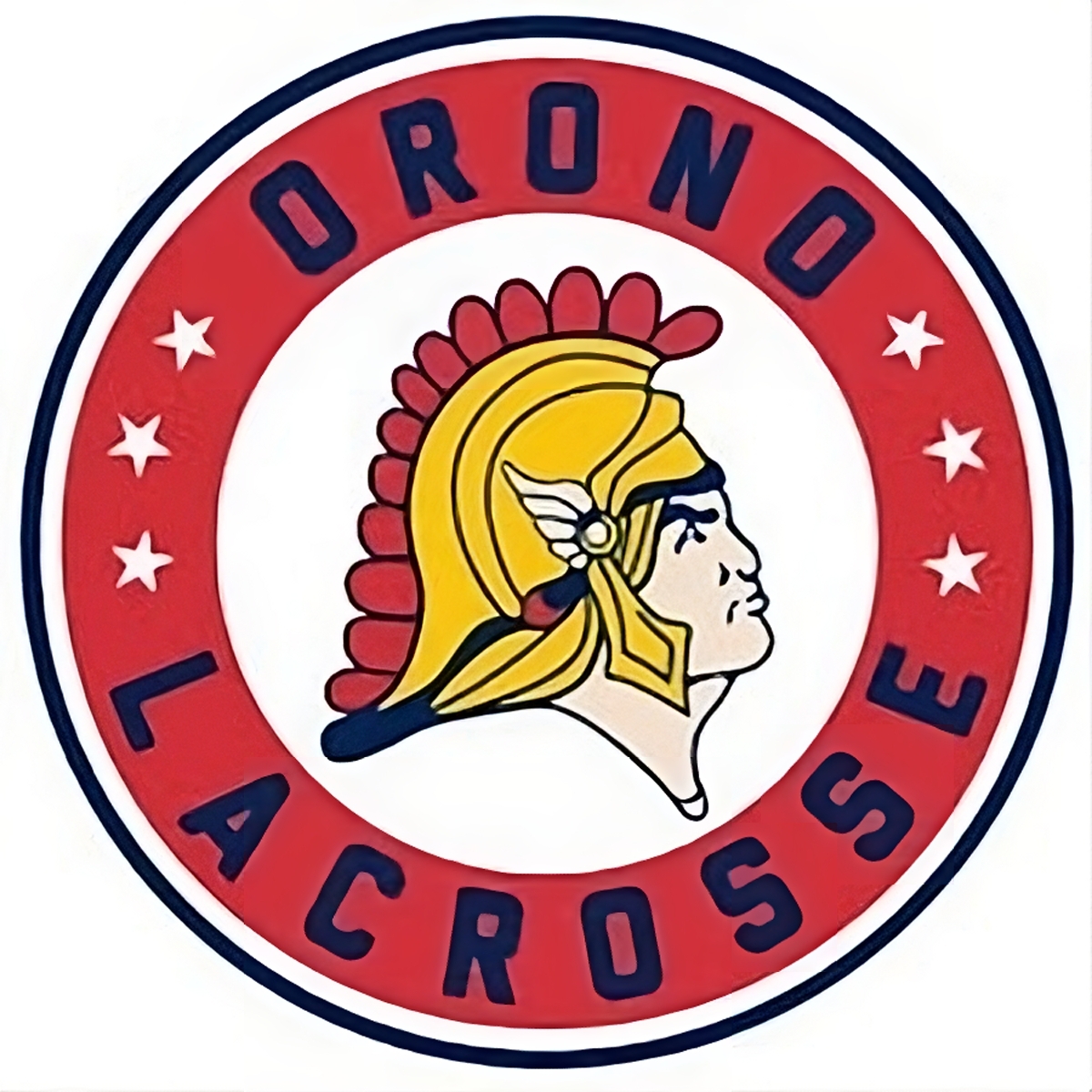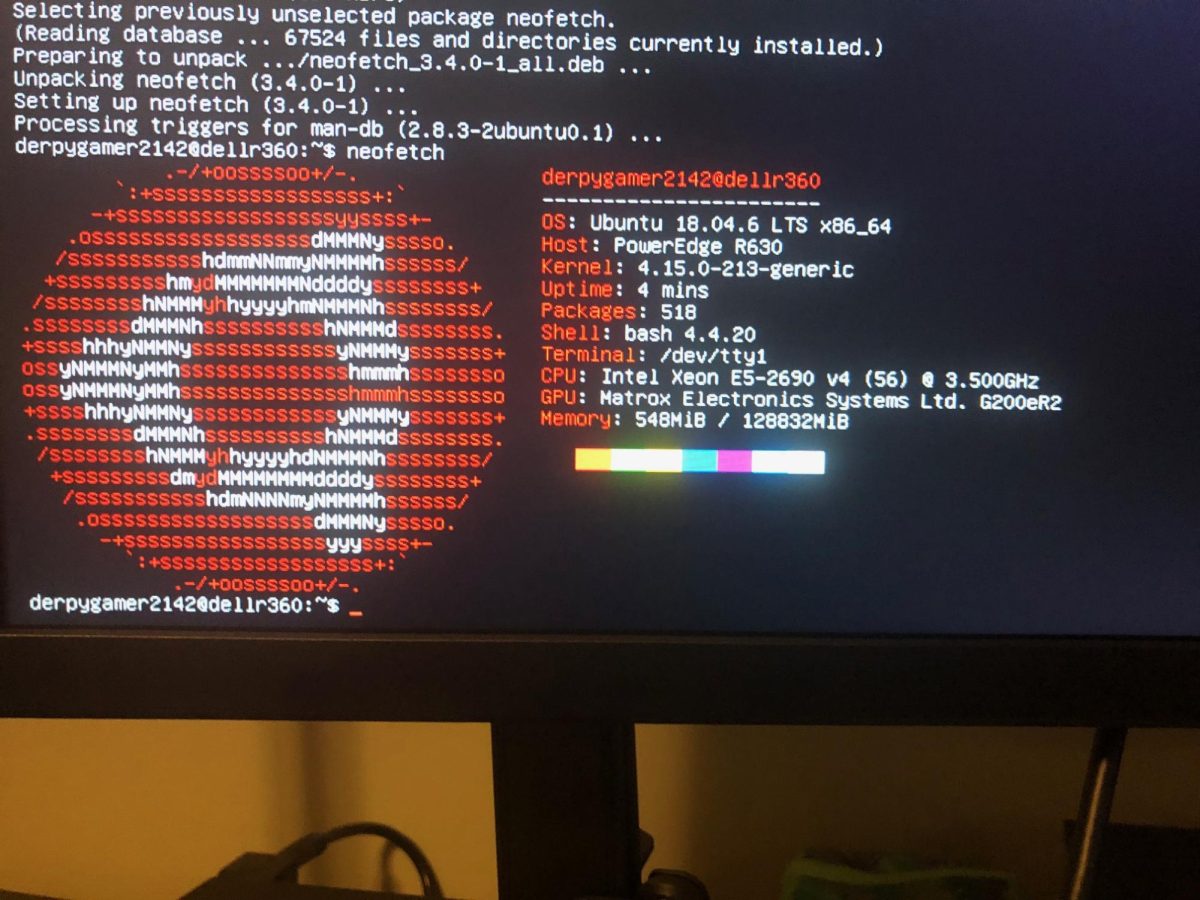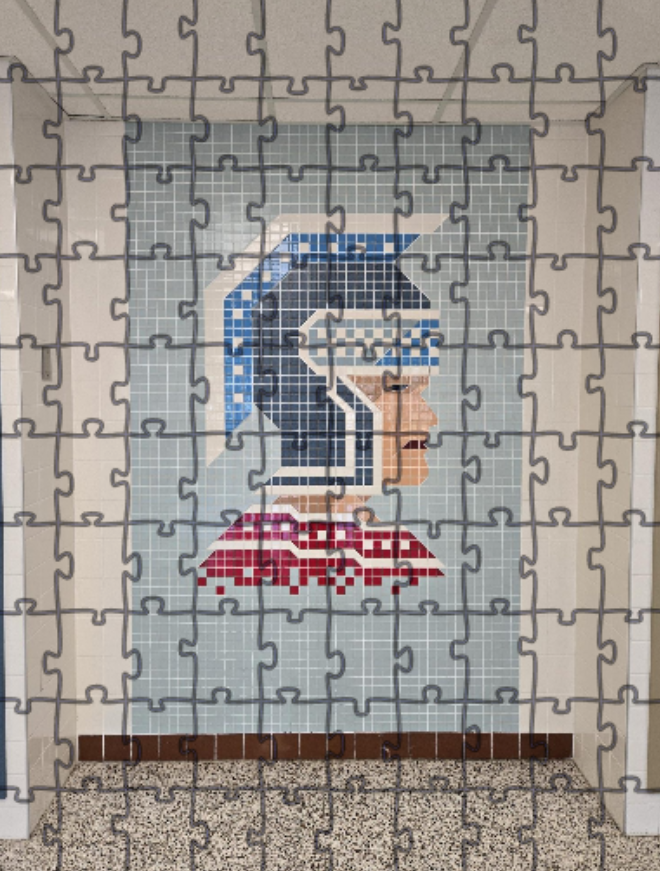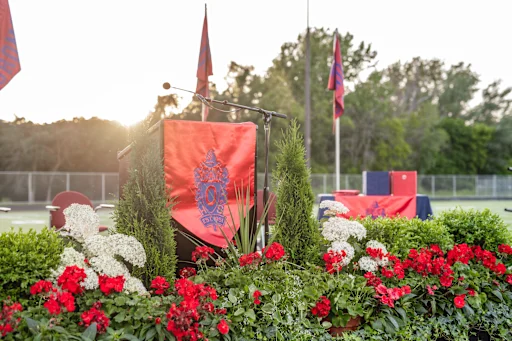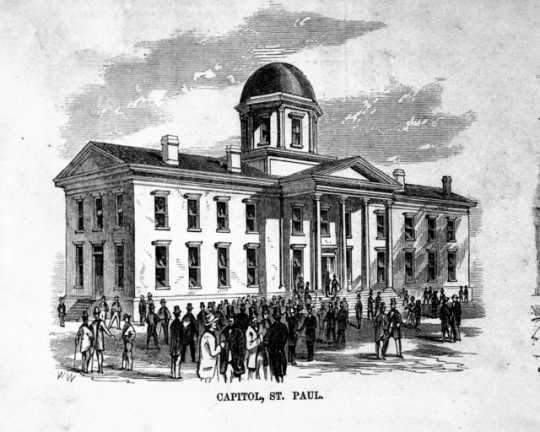On May 11th each year, the state of Minnesota is filled with cheer, for it is the anniversary of its rise to statehood. On the same day in 1858, 164 years ago, Minnesota was admitted to the Union as the 32nd state. However, the journey the state and its residents went through to get there was a long one. From winter to warfare, the story is unforgettable.
The first people to inhabit the state of Minnesota were Dakota, who inhabited the grasslands, and Ojibwe, who lived in the northern woods, who have been estimated to have arrived in what is now Minnesota as far back as 9,000 years ago. The name Minnesota itself comes from the Dakota word “Mníssota” which translates to “cloudy water”. Native Americans would continue to thrive in their homeland for millennia, and would regularly interact with their neighbors. Everything changed though, when French voyageurs first arrived.
According to the National Park Service, Voyageurs were French traders who were primarily mapping the land and trapping beavers for their pelts that would sell for a lot back in Europe. Such men included Joseph Nicollet and Louis Hennepin, whose names are immortalized across the state in everything from malls to counties. Native Americans and Voyageurs would have a mutually agreeable relationship until the Louisiana Purchase in 1803.
After the U.S. had acquired the land, the floodgates were open for thousands upon thousands of settlers who wanted to settle out west. Despite the fact that Minnesota is now known for its massive German and Norwegian population, the first European settlers were mostly of English descent. From the book Minnesota: A History of the State by Theodore Christian Blegen, it is said that during the infancy of its settlement, Minnesota was often regarded as “the New England of the West” because of its large Anglican majority. It would not be until much later, right around the time when the state was established, when German and Scandinavian immigrants would come to Minnesota for better job opportunities and to escape political turmoil back in their motherlands.
Minnesota was not regarded as Minnesota for a while though. The Minnesota Historical Society said that the state was a part of the larger Missouri territory from 1812-1821 before becoming unorganized until 1834. After that, it was within the borders of the Wisconsin territory until 1846, when the Minnesota territory was created, which included what makes up the state today, along with a large part of modern North and South Dakota.
By the time Congress decided to make Minnesota the 32nd state to join the Union, the state had grown massively. According to state census records, the state’s non-Native American population in 1848 was 4,500, but two years after it became a state, which would be 1860, the population had grown nearly 40 times larger at 172,000 people. This was the result of many of the large diasporas of Scandinavian and German immigrants being told to move out west to Minnesota by advertisers because it was similar in nature to their Northern European homelands. It worked, and the state’s population was able to explode, allowing it to be sufficient enough for the Federal Government to decide Minnesota should finally become a state.
In the coming years, the state’s population would continue to explode, with it being 439,000 in 1870, and up to 1.3 million by 1890. Minnesota quickly joined the rest of the midwest as the breadbasket of the United States. In the late 1800s it became known for its lumber industry and milling plants, the latter of which became what is now the Twin Cities.
With the state of Minnesota celebrating its 164th anniversary, it is always fun to look back and learn the roots of what it was like when the state was no more than a territory in the growing United States. Historical sites such as Fort Snelling and the Mill City Museum are great resources if one is interested in learning more about Minnesota’s history. They offer a ton of information about the state’s different eras, but even better, one can see the history itself before them.


